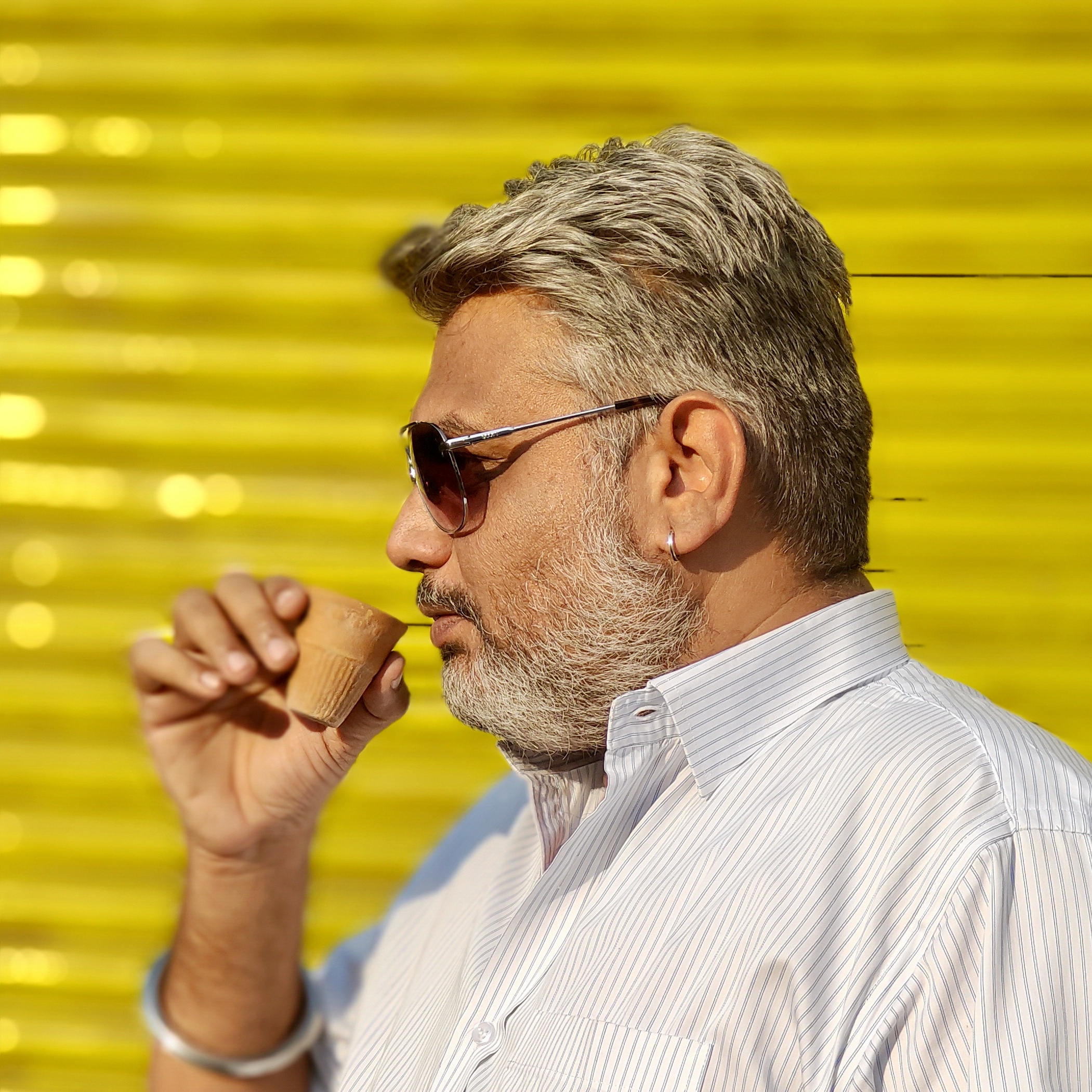Sameer Gudhate Presents the Book Review of The Awakening of Dharavi by Atul Arjun Mohite
- Sameer Gudhate
- Nov 12
- 4 min read

I remember the first time I walked through Dharavi — not as a tourist, not as a spectator, but as a quiet observer trying to make sense of its heartbeat. The lanes were alive with motion — children darting between tin roofs, the hum of machines from leather workshops, the scent of wet earth mingling with chai and sweat. Amid that pulse, there was something else too — an invisible current of resilience, a kind of defiant grace.
Reading The Awakening of Dharavi by Atul Arjun Mohite brought all of that rushing back — only this time, Dharavi wasn’t just surviving; it was awakening.
Mohite doesn’t just tell a story. He resurrects a world. His imagination feels soaked in monsoon and mythology, where the gutters of Mumbai run parallel to the rivers of ancient gods. This is urban fantasy with an Indian soul — gritty, luminous, and deeply emotional.
The book opens with chaos — a devastating monsoon crashing through Dharavi — but what follows is transformation. Seventeen-year-old Nisha Patel, who has known struggle all her life, discovers that the same earth that grounds her can also move to her command. Her power is wild, raw, almost feral. She’s marked with a glowing spiral and drawn into Pathshala, a hidden underground school of elemental magic beneath Mumbai. It’s there she learns that her gift isn’t divine in the usual sense; it’s ancient, forbidden, and possibly tied to a sea-king who calls himself her father.
And yet, what struck me most wasn’t the magic. It was the realness. The way Mohite paints Dharavi not as a slum but as a living organism — breathing, evolving, protecting its own. I’ve seen those faces, those narrow corridors, those roofs patched with hope and ingenuity. Mohite captures them all, not with pity, but with pride.
His prose is cinematic — the rhythm shifting like the rains he describes. One paragraph surges with adrenaline, the next lingers in quiet introspection. There’s a strange music to his writing — the kind that makes you pause, reread, and feel. His Dharavi glows not just under streetlights, but under stories — of survival, of gods hidden among garbage heaps, of girls who refuse to drown even when the floodwaters rise.
Nisha Patel is no ordinary protagonist. She’s fire and mud and memory — equal parts anger and empathy. Through her, Mohite crafts a coming-of-age that’s both mythical and deeply human. She questions everything — her roots, her destiny, even the morality of her own power. There’s a passage where she wonders whether the ground trembles for her or because of her — and that small doubt felt achingly real.
Every character around her — from her mentor at Pathshala to the kids who call Dharavi home — carries depth. They aren’t just props in a fantasy. They’re fragments of Mumbai itself — flawed, resilient, endlessly layered.
Structurally, the story flows like a river after a storm — fast, unpredictable, carving new paths as it moves. The mythology feels authentic, woven naturally into the chaos of modern city life. This isn’t escapist fantasy. It’s reflective fantasy — the kind that holds up a mirror to our own fractured identities.
And that’s where the book quietly hits hardest. Beneath the battles and enchantments lies a question: Who gets to belong? Nisha’s struggle — between duty and desire, between land and ocean — echoes every young person who’s ever felt torn between two worlds. Dharavi, in that sense, becomes more than setting — it’s metaphor. A place constantly rebuilding itself, much like its people. Much like all of us.
Was it flawless? Not quite. There are a few moments where the prose could have breathed longer, a few revelations that arrive too quickly. But these are minor imperfections in an otherwise breathtaking mosaic. Mohite’s storytelling more than compensates — his world feels so tactile that you could almost feel the monsoon wind brushing against your face.
As someone who has actually walked those same crowded alleys, I couldn’t help but smile at how truthfully he captured their paradox — the struggle and the spirit, the chaos and the care. It’s rare to see fantasy so rooted in reality — rarer still to see a place like Dharavi given the dignity of myth.
By the end, I found myself quietly moved. Not just by Nisha’s journey, but by what it said about cities, about home, about the strange magic that hides in the ordinary. Mohite reminds us that power doesn’t always roar — sometimes it hums, softly, beneath your feet.
If you’re looking for a book that doesn’t just take you somewhere new but brings you home in a way you didn’t expect — The Awakening of Dharavi is it. Read it not just for the fantasy, but for the truth it hides between the lines.
Because some awakenings don’t happen in temples or palaces.
They happen in the narrow, rain-washed lanes of a place called Dharavi — where even mud remembers how to dream.
#TheAwakeningOfDharavi #AtulArjunMohite #IndianMythology #UrbanFantasyReads #BookReviewIndia #FantasyBookLovers #MumbaiStories #StrongFemaleProtagonist #BooksOfInstagram #ReadersOfIndia #SameerGudhate #thebookreviewman







Comments